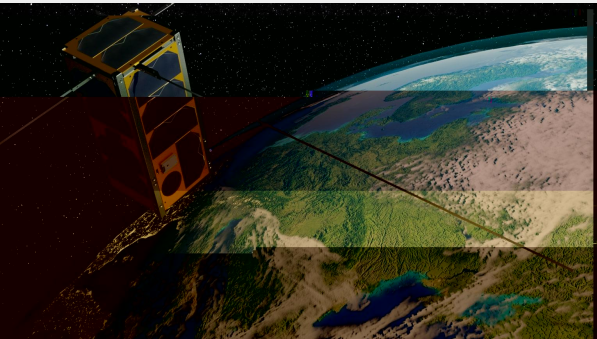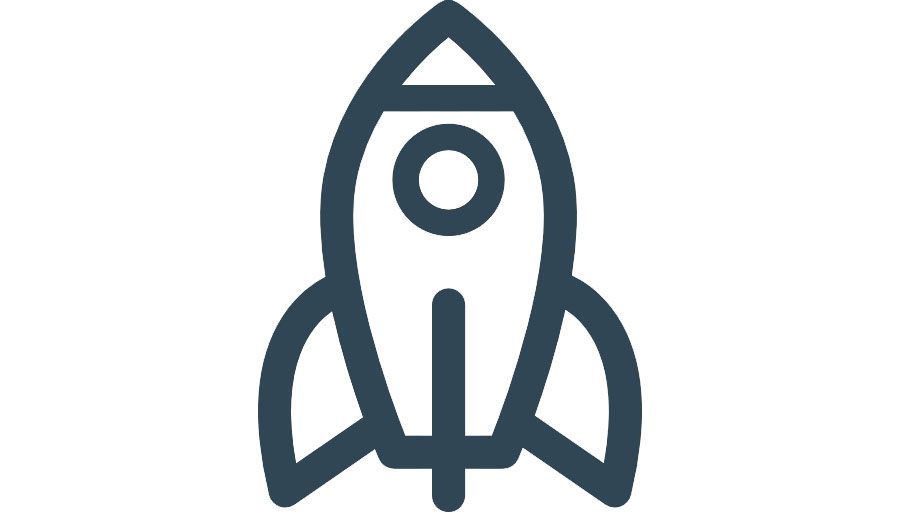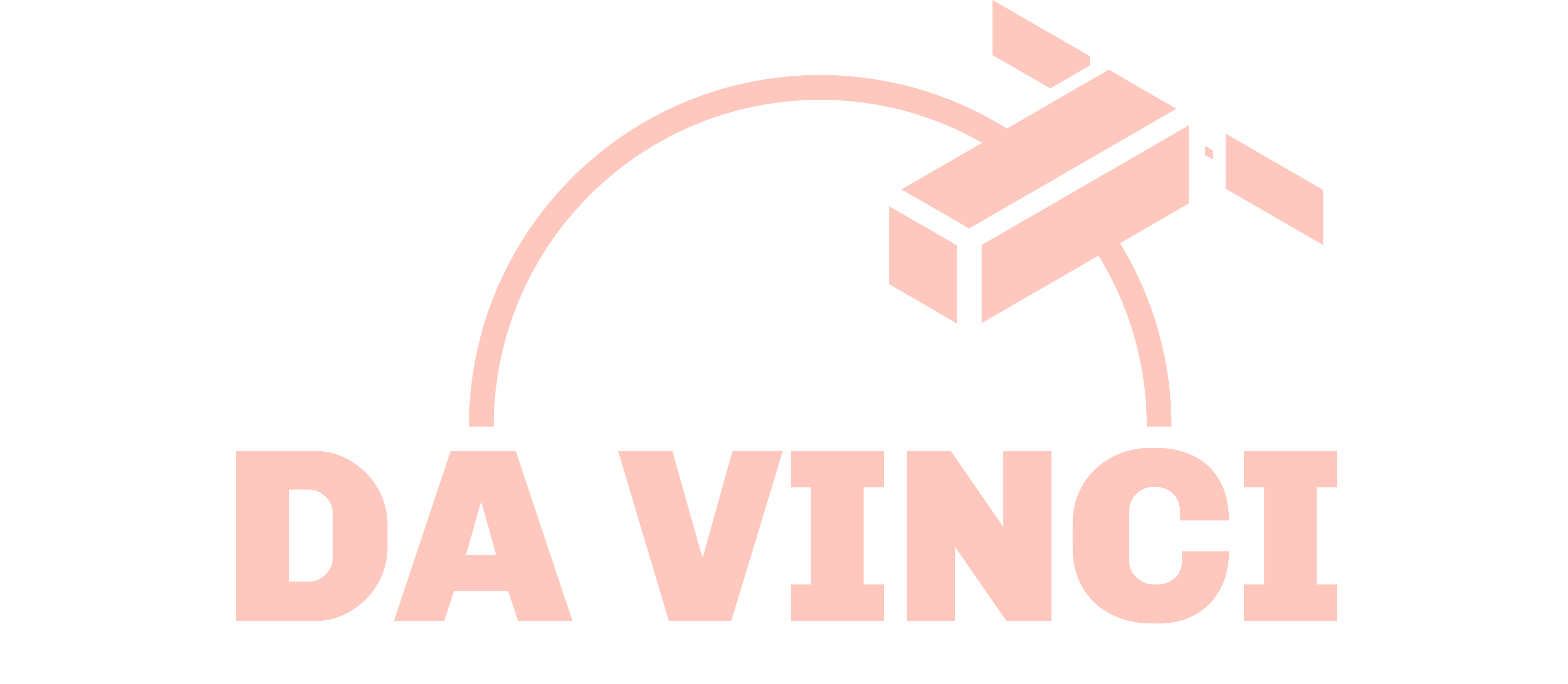Satellite
What makes this project so ambitious and unique is the fact that in order to achieve our goal, we are truly designing, building and launching our own satellite. In order to achieve this incredible goal we have our engineering team of over 50 dedicated engineers solely focused on bringing our own satellite into orbit.
Design
The design of the satellite has completely and exclusively been done by our student team. The initial design was made during the Design Synthesis Exercise (DSE) of the bachelor Aerospace Engineering at TU Delft in Summer 2019. A group of 10 students designed a preliminary design in a 10-week period under supervision of dr.ir. Chris Verhoeven. In June 2019, the design was presented to a group of experts from the Dutch space industry. After this a new team was set up to work out this design in detail. They are currently in the final design stages of the project, preparing for the testing stage.
With this project we tried to give as many students as possible a chance to get hands on experience with this project. We collaborated with the Leidse Instrumentenmakers School and one of their master students for the design and production of our dice payload.
During the design process we collaborate a lot with industry. Designing the satellite would not be possible without the help we have received from companies in this field of work. Thanks to the knowledge and resources that they make available to us, we can literally and figuratively elevate this project to a higher level. Click here for the list of companies that support us.
Payloads
The payload for the primary schools is the dice game, designed by the Leidse Instrumentenmakesschool (LIS). The dice are placed in a transparent chamber and able to move freely due to the microgravity. To determine the values rolled, a wall of the chamber is pushed towards the dice making the volume of the chamber smaller and trapping the dice between two walls. A picture of the dice is taken and send back to earth. On this picture the children will see the dice with the earth in the background. You can also see this in the example video below, on the left. The idea from this payload stems from a national competition we held amongst primary school students, asking them what they would be most interested about in space, and what they wanted to know about it. The answer most common was that they wanted to have the ability to, with a direct connection, “play a game” in space. Thus, in order to realise this, and allow these kids to interact with space travel in a fun, engaging way, our dice payload was designed.
Want to learn more about the dice payload? You can do so on our blog posts that cover payload assembly as well as the assembly, operating principle, and a test video of the game cycles that make the dice “roll”.
The second payload is able to bit flip an image and is used to show the effects of cosmic radiation on an image that is stored digitally. You can send an image up to the satellite which is subsequently stored. Due to the cosmic radiation, of which there is more in space, the bits (0’s and 1’s) that store the image can be flipped. This means that a 0 can become a 1 or vice versa. The image will be sent back after a while so the effects of the radiation can be observed. This information can be used to teach students about the effects of radiation on matter and the mathematical representation of probability in physics, as well as bit representation in computer programs. An example of a bit-flipped picture is shown below on the right. You can also try how bit flips would affect an image of your choice using the tool below.

Integration
The integration process of the satellite will also be performed entirely by students, the modules in the satellite are mostly obtained from our partners. There are however several parts of the design that are fully designed in-house!
The technical team has been planning this process from the beginning. Now that actual flight hardware is coming in we are getting closer to put everything together into one satellite.
Testing
After the satellite is assembled, several tests will be performed. First, all components are tested individually to verify that they have properly arrived at our office. For all parts that are designed in-house this is a very important step as it will be apparent whether the design was done properly.
After the inspection tests the flatbed testing will occur. Flatbed tests are tests that have all subsystems laid-out on a bench, a 2D version of the satellite. During these tests the subsystems will be combined to verify for instance that the communication pipeline is working as this involves the computer, radio and antenna modules.
Finally, a number of integrated environmental testing are scheduled. One of these tests is vibration and thermo vacuum testing. These will be done at an external location NLR (the Dutch Aerospace Center). In addition, the dice payload will be extensively tested in a non-gravity environment. This will be done with a so-called zero-g flight, using the Cessna Citation II PH-LAB, the research aircraft of the Faculty of Aerospace Engineering at TU Delft and NLR.
Launching
We are currently in the process of finalizing the agreement with our launch provider. We will be purchasing a piggyback launch with a professional launch provider. Here you can learn more on how such a process works. The launch will bring us to a Low Earth, Polar, Sun-synchronous orbit at an altitude of 500-600 km.

Operation
After launch, our satellite should remain active in orbit, providing a direct engaging experience for students of all ages, for a bare minimum of 2 years.
